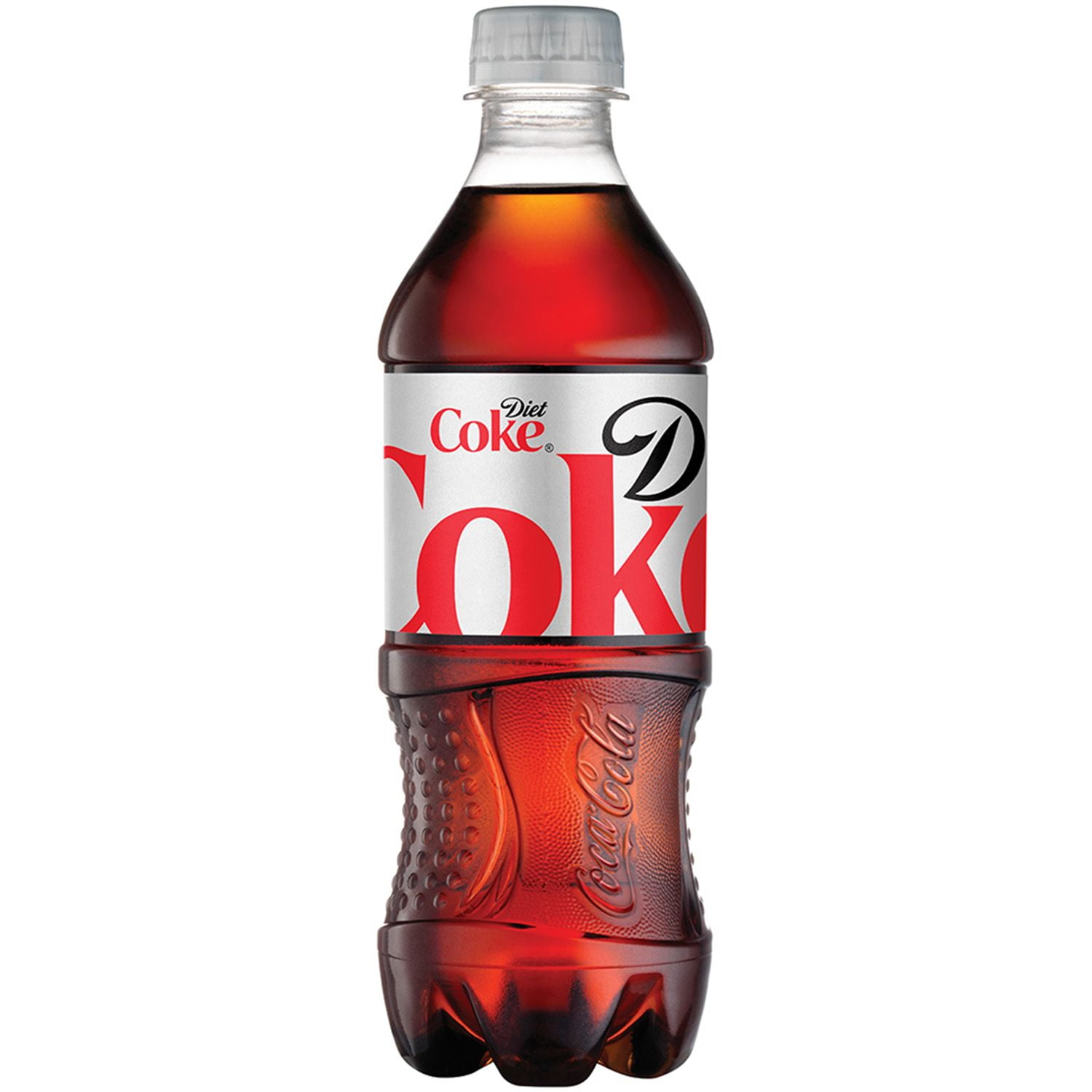

It’s 300 times sweeter than sucrose, or table sugar, so tiny amounts are used to sweeten foods and beverages. Since that time, however, saccharin has been deemed safe and has been used safely in the food supply for over a hundred years. Studies performed in the 1970s suggested that the artificial sweetener saccharin was linked to bladder cancer in male rats. Many feared that these sweeteners caused certain types of cancer. They may contain natural or artificial flavors, coloring agents, acids, preservatives, and caffeine.Īt one time, there was much debate over the safety of artificial sweeteners. Diet sodas are 99 percent water, and when checking the nutrition facts panel, you should see less than 5 to 10 calories and less than 1 gram of carbohydrate per serving.Įven though they contain no sugar, diet sodas are usually sweetened with artificial sweeteners. Low in calories and sugar, diet sodas appear to be a good alternative to sugary drinks. If you’re working to keep your blood sugar in check or manage your weight, you might choose diet soda. Obesity can put you at risk for diabetes and other health conditions.Įating highly processed foods that are high in sugar, unhealthy fats, and empty calories increases your risk of gaining excess weight.ĭrinking sugary drinks is also a risk factor for developing type 2 diabetes. In fact, obesity is one of the leading causes of type 2 diabetes.Īccording to the Centers for Disease Control and Prevention (CDC), more than one-third of American adults have obesity. Eating healthfully and staying active can also reduce your risk for developing type 2 diabetes.īeing overweight or having obesity is linked to the development of type 2 diabetes. While eating sugar doesn’t cause either type of diabetes, keeping tabs on carbohydrate and sugar intake is an important part of managing both types of diabetes. Managing blood sugar levels is an everyday goal for people with type 1 and type 2 diabetes.


 0 kommentar(er)
0 kommentar(er)
